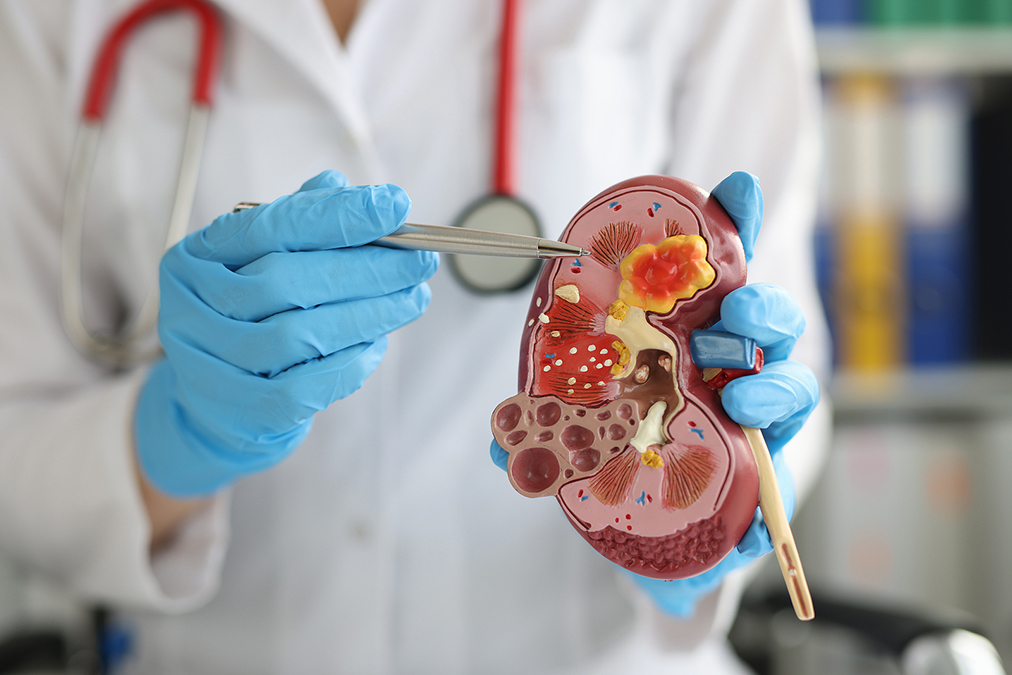 There’s no nice way to say this…
There’s no nice way to say this…
One specific diet advice most doctors give their patients is making your Chronic Kidney Disease progress quickly.
And that’s threatening your life.
This is proven in a new study in the Clinical Journal of the American Society of Nephrology.
People with chronic kidney disease (CKD) are often given a long list of foods to avoid, especially plant foods that are rich in potassium and phosphorus.
But a new study in the Clinical Journal of the American Society of Nephrology shows that this advice is wrong—and that they should actually eat more plant-derived foods.
Here is the problem.
There is an increasing body of research that shows the bacteria in our gut play a huge role in kidney health.
But if CKD patients are told to avoid a lot of plant food, these restrictions can make their diets low in the fiber that feeds a variety of healthy bacteria.
Accordingly, a team of Australian researchers wondered whether a more diverse plant-based diet could help restore bacterial balance, reduce CKD symptoms, and even clear out some of the harmful substances that build up in patients’ blood.
They ran a small study with 25 adults in Australia who were living with moderate CKD (stages 3 and 4). Each person followed two different plant-based diets, one after the other, each for six weeks:
-
1. A high-diversity plant-based diet (HDPD) with 30 or more different plant foods per week.
2. A low-diversity plant-based diet (LDPD) with 15 or fewer plant foods per week.
In between the diets, everyone had a four-week break to wash out the effects.
During the study, participants kept following their regular kidney diet guidelines.
At four points during the study period, researchers checked their blood and urine, tested their gut bacteria, and asked about symptoms like fatigue, bloating, and constipation.
While not every participant showed improvement, the results were promising:
-
1. The high-diversity diet helped people meet more of their nutritional needs while cutting down on acid-forming foods, which can stress the kidneys. On average, acid load dropped by 47%.
2. Participants on the high-diversity diet reported decreased total CKD symptom burden, including less constipation.
3. The high-diversity diet increased the variety of gut bacteria and boosted production of beneficial compounds like butyrate, which supports a healthy gut lining.
4. People who had worse kidney function or higher toxin levels at the start saw notable drops in harmful substances (indoxyl sulfate and p-cresyl sulfate).
5. There were no problems with potassium or other electrolytes, which are a concern for CKD patients eating more plants.
6. In contrast, the low-diversity diet actually reduced gut microbial diversity and decreased the number of helpful bacteria and functional genes.
This means that eating at least 30 different plant foods each week appears to be safe—and potentially very helpful—for people with chronic kidney disease.
Those with more advanced disease or higher toxin levels seemed to benefit the most.
This is no surprise to me. For decades I’ve been helping people with chronic kidney disease.
And one of our main approaches is improving your gut bacteria, which in return reduces inflammation in your kidneys.

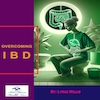 Overcoming IBD
Overcoming IBD Multiple Sclerosis
Multiple Sclerosis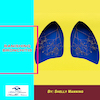 Banishing Bronchitis
Banishing Bronchitis Gum Disease Gone
Gum Disease Gone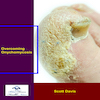 Overcoming Onychomycosis
Overcoming Onychomycosis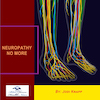 Neuropathy No More
Neuropathy No More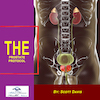 The Prostate Protocol
The Prostate Protocol Brain Booster
Brain Booster
 Ironbound
Ironbound
 Solution for Shingles
Solution for Shingles
 The Bone Density Solution
The Bone Density Solution
 The Ultimate Healing Protocol
The Ultimate Healing Protocol
 The Parkinson's Protocol
The Parkinson's Protocol
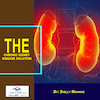 The Chronic Kidney Disease Solution
The Chronic Kidney Disease Solution
 Overthrowing Anxiety
Overthrowing Anxiety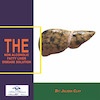 The Fatty Liver Solution
The Fatty Liver Solution The Hypothyroidism Solution
The Hypothyroidism Solution
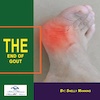 The End of Gout
The End of Gout The Blood Pressure Program
The Blood Pressure Program
 The Oxigized Cholesterol Strategy
The Oxigized Cholesterol Strategy
 Stop Snoring And Sleep Apnea Program
Stop Snoring And Sleep Apnea Program
 The Arthritis Strategy
The Arthritis Strategy The Vertigo & Dizziness Program
The Vertigo & Dizziness Program The 3-Step Diabetes Strategy
The 3-Step Diabetes Strategy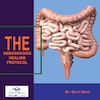 Hemorrhoids Healing Protocol
Hemorrhoids Healing Protocol The Erectile Dysfunction Master
The Erectile Dysfunction Master Weight Loss Breeze
Weight Loss Breeze The IBS Program
The IBS Program The Insomnia Program
The Insomnia Program The Migraine and Headache Program
The Migraine and Headache Program The Neck Pain Solution
The Neck Pain Solution The Menopause Solution
The Menopause Solution The Ejaculation Master
The Ejaculation Master The TMJ Solution
The TMJ Solution The Acid Reflux Solution
The Acid Reflux Solution The Fibromyalgia Solution
The Fibromyalgia Solution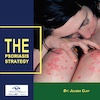 The Psoriasis Strategy
The Psoriasis Strategy